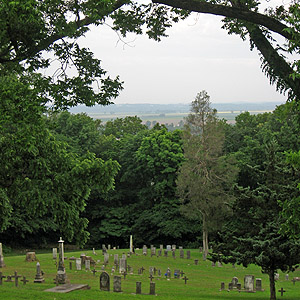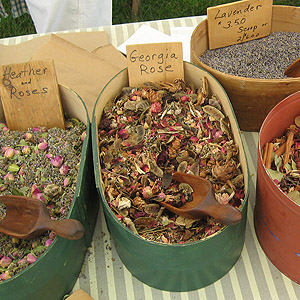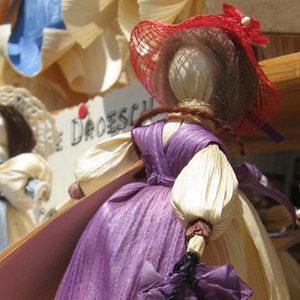


In June of 2008 Boy Scout Troop 3 of Springfield Illinois, sponsored by Douglas Avenue United Methodist Church, camped at Fort Kaskaskia and attended the 38th Annual Rendezvous at Fort de Chartres. |
||
Photo Gallery of June 7. |
 |
 |
 |
|
| There are many vendors selling their merchant wares during the Rendezvous. Perhaps you can imagine the delicious scents in this tent where the herb and tea merchant offers his goods. |
Beads were an important trade good in the 18th century, and so it seems right that this display of beads for sale should catch your eye at the Rendesvous. | Corn husk dolls sunbathe as they wait for some child or collector to come along and acquire them. | |
Link to my blog. |